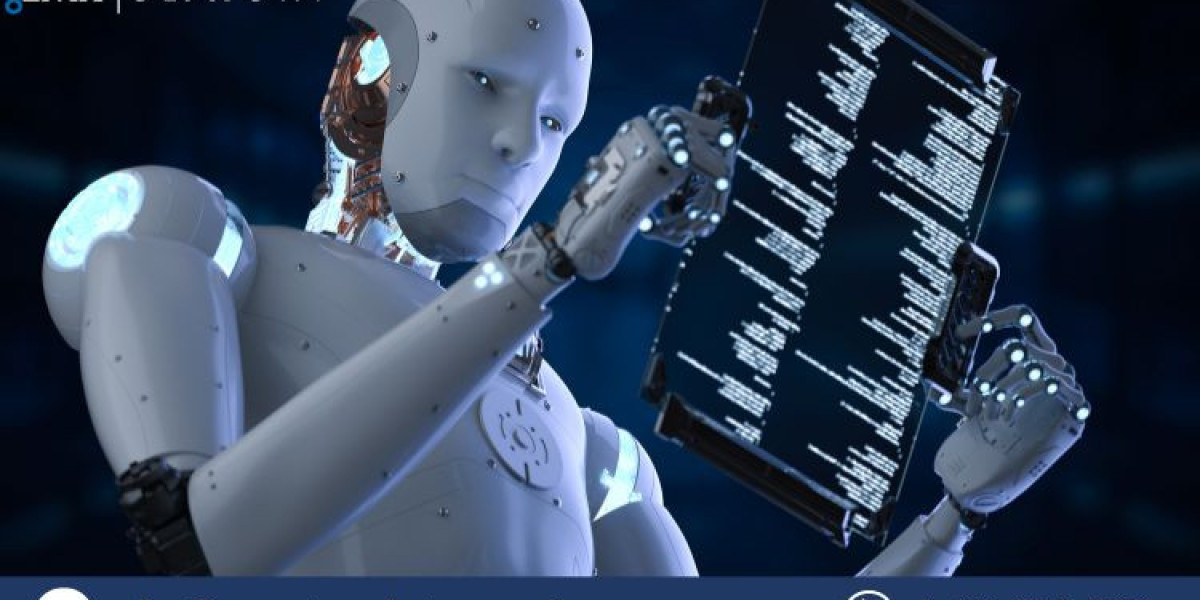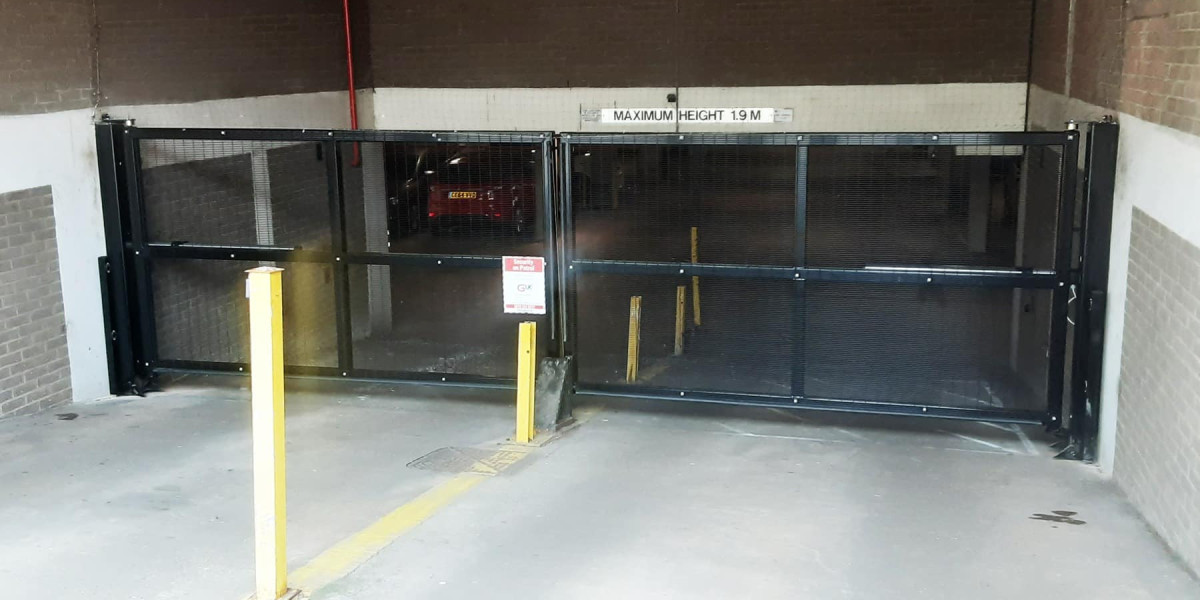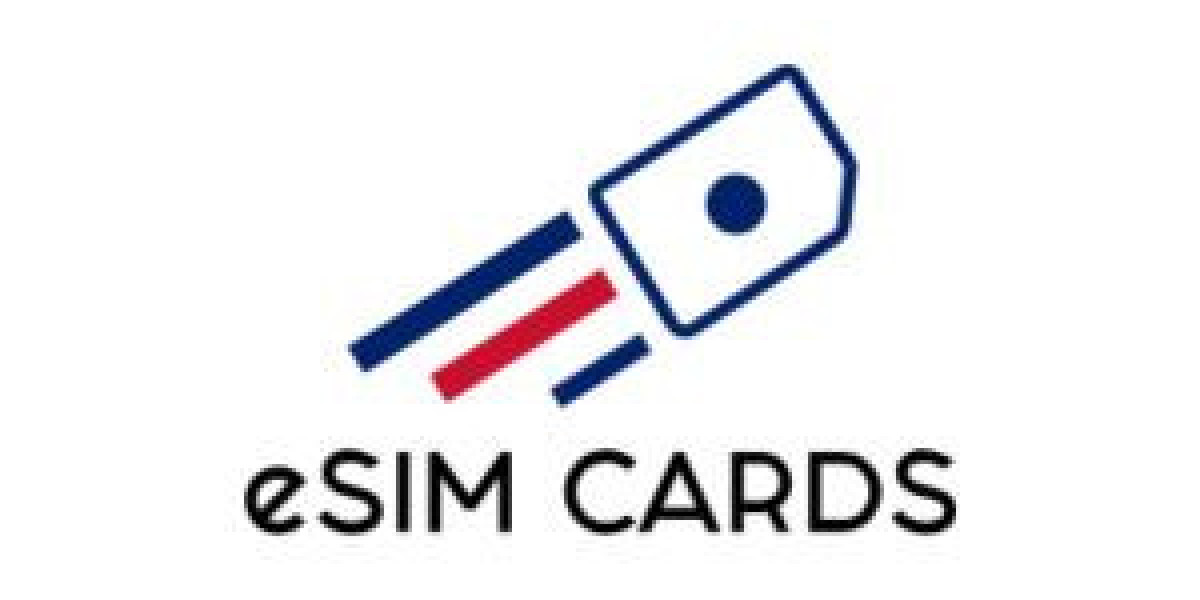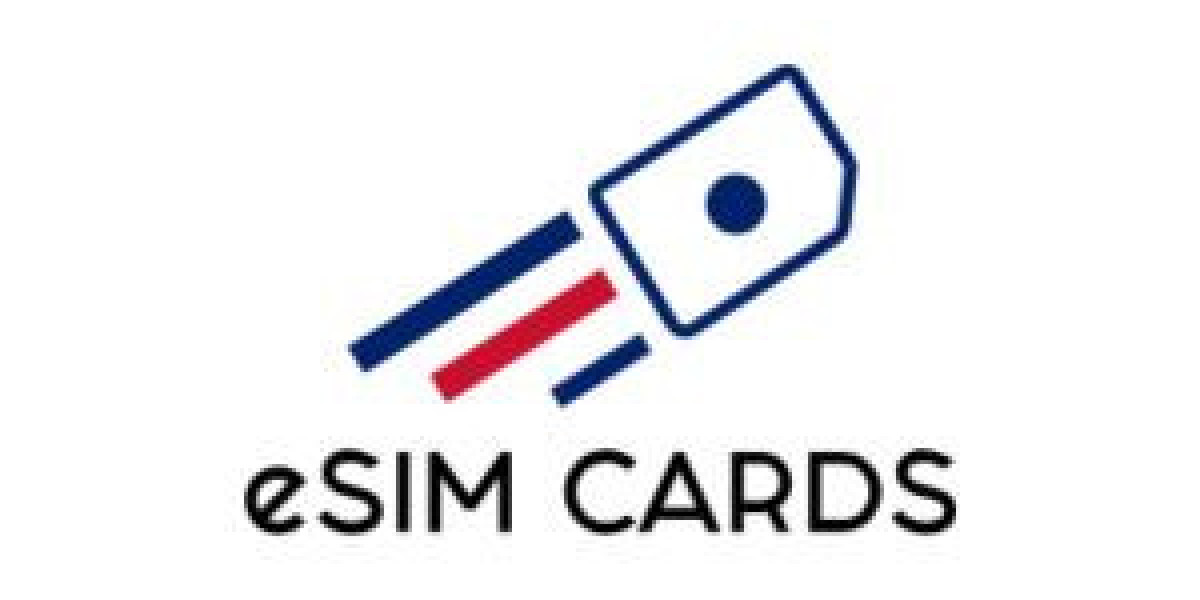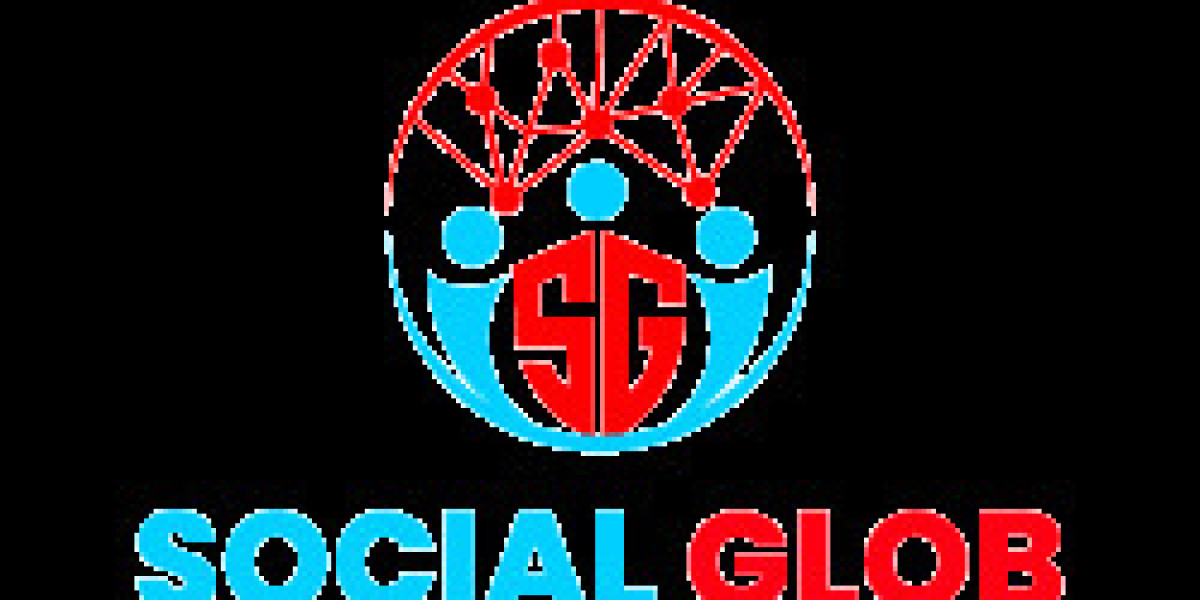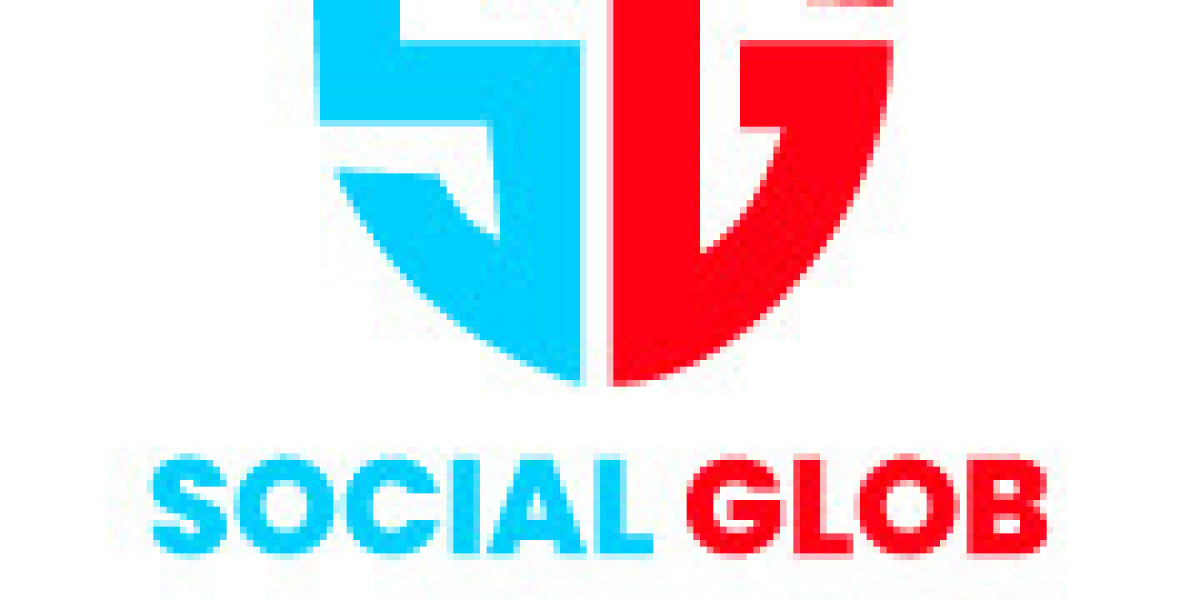The global disinfectant robot market share is projected to grow at an impressive compound annual growth rate (CAGR) of 31.6% during the period of 2024 to 2032. Disinfectant robots are emerging as critical tools in managing health threats like pandemics, with advanced technologies such as UVC light disinfection offering sophisticated and effective solutions. The key markets driving this growth are expected to be North America, Europe, and Asia. As healthcare, commercial, and public sectors increasingly adopt robotic disinfection technologies, the market is set to see significant advancements over the next decade.
In this blog, we will provide a detailed analysis of the global disinfectant robot market, examining its growth outlook, market dynamics, segmentation, key drivers, challenges, and the latest industry developments. Additionally, we’ll cover key players, trends, and answer frequently asked questions (FAQs) to offer comprehensive insights into the market for 2024-2032.
Market Outlook: 2024-2032
The market for disinfectant robots is set to experience exponential growth in the coming years, fueled by rising concerns over hygiene and the need for effective ways to mitigate the spread of infectious diseases. The COVID-19 pandemic demonstrated the urgent need for reliable, scalable disinfection solutions, and robots equipped with UVC technology, chemical disinfectants, and autonomous navigation systems are filling that gap.
With healthcare facilities, airports, commercial buildings, and public transportation hubs seeking ways to maintain high cleanliness standards, disinfectant robots are proving to be indispensable. Their ability to provide consistent, non-invasive, and automated cleaning solutions is positioning them as a vital component of modern infection control strategies.
Report Overview
This report provides an in-depth analysis of the global disinfectant robot market, highlighting its growth trajectory from 2024 to 2032. It covers market size, segmentation, key drivers, challenges, and emerging technologies that are reshaping the landscape. Furthermore, it looks at the competitive dynamics and provides regional insights into the demand for disinfectant robots across different markets.
Market Size and Dynamics
In 2023, the global disinfectant robot market was valued at several hundred million dollars. It is expected to grow at a rapid pace with a projected CAGR of 31.6% during the forecast period. The growth is primarily driven by technological advancements in robotics, the need for efficient cleaning solutions, and heightened awareness about infection prevention in the wake of the COVID-19 pandemic.
Market Dynamics:
- Demand for Effective Disinfection: The ongoing need for disinfection solutions, particularly in healthcare and high-traffic areas, is fueling the demand for disinfectant robots.
- Advancements in UVC Technology: Robots equipped with UVC technology are becoming the preferred choice due to their ability to neutralize pathogens without using harmful chemicals.
- Adoption Across Sectors: Beyond healthcare, industries such as transportation, hospitality, and retail are increasingly adopting robotic disinfection to maintain hygiene standards.
Market Drivers
Several factors are driving the growth of the global disinfectant robot market:
Pandemic Preparedness: The COVID-19 pandemic has underscored the importance of being prepared for future health crises. Disinfectant robots offer an effective and scalable solution to reduce the spread of infectious diseases.
Technological Advancements: Innovations in robotics, such as improved navigation systems, AI-powered path planning, and integration with Internet of Things (IoT) devices, are making disinfectant robots more efficient and reliable.
Increased Awareness of Hygiene: With the rise of awareness around hygiene and sanitation, businesses and public sectors are increasingly investing in automated disinfection solutions to protect staff and customers.
Workforce Optimization: Automated robots reduce the need for manual labor in disinfection processes, leading to operational efficiencies and cost savings for organizations.
Key Market Challenges
While the disinfectant robot market shows promising growth potential, it faces several challenges:
High Initial Costs: The upfront cost of deploying disinfectant robots can be prohibitive for small and medium-sized businesses, especially in developing regions.
Technical Limitations: Although UVC technology is highly effective, there are limitations in terms of its ability to disinfect areas with complex surfaces or shadowed regions, which may require complementary solutions.
Regulatory Barriers: Strict regulatory standards and certifications for medical-grade disinfection products can delay the deployment of robots in certain sectors, especially healthcare.
Market Segmentation
The global disinfectant robot market can be segmented into:
By Type:
- UVC Disinfection Robots
- Chemical Disinfection Robots
- Others
By Application:
- Healthcare Facilities
- Airports and Transportation
- Commercial Buildings
- Educational Institutions
- Others
Recent Developments in the Disinfectant Robot Market
Integration with AI: Robots are increasingly being equipped with artificial intelligence to enhance their navigation and decision-making capabilities, improving the efficiency of disinfection processes.
Partnerships for Expansion: Major players in the disinfectant robot market are forming strategic partnerships to expand their presence in emerging markets and enhance their product offerings.
Sustainability Initiatives: There is a growing focus on developing environmentally friendly disinfectant robots that use minimal chemicals and operate energy-efficiently.
Component Insights
UVC Disinfection Robots: UVC robots are the most popular segment due to their ability to kill a broad spectrum of pathogens, including viruses, bacteria, and fungi, without the use of chemicals.
Chemical Disinfection Robots: These robots use chemical disinfectants to clean surfaces and are often used in environments where UVC light may not be as effective, such as in areas with shadows or irregular surfaces.
End-User Insights
Healthcare Facilities: Hospitals, clinics, and other healthcare facilities are the primary adopters of disinfectant robots, as maintaining a sterile environment is critical in preventing healthcare-associated infections (HAIs).
Airports and Transportation: Disinfectant robots are increasingly being used in airports, train stations, and buses to ensure that public transportation systems remain hygienic for passengers.
Commercial Buildings: Large office spaces, malls, and hotels are adopting disinfectant robots to provide a safe environment for employees and customers.
Regional Insights
North America: North America is expected to dominate the disinfectant robot market, driven by high healthcare spending, technological advancements, and a strong focus on infection control.
Europe: Europe is another significant market, with countries like Germany and the UK investing in robotic disinfection solutions, particularly in healthcare and public transportation.
Asia-Pacific: Asia-Pacific is expected to witness the fastest growth, fueled by rapid urbanization, increasing investments in healthcare infrastructure, and the growing need for hygiene in densely populated cities.
Key Players in the Disinfectant Robot Market
Several key players are driving innovation and growth in the global disinfectant robot market:
- Blue Ocean Robotics
- Xenex Disinfection Services Inc.
- Finsen Technologies Ltd.
- SKYTRON, LLC
- Tru-D SmartUVC LLC
- Others
These companies are investing heavily in research and development to improve the capabilities of disinfectant robots and expand their application across various industries.
Market Trends
Rise of Autonomous Solutions: Fully autonomous disinfectant robots are gaining traction as they offer complete disinfection without the need for human intervention.
Demand for Multi-Function Robots: Manufacturers are developing robots that can perform multiple functions, such as cleaning, vacuuming, and disinfection, making them more versatile for end-users.
Focus on Public Spaces: With the reopening of public spaces post-pandemic, there is a growing demand for disinfection robots in high-traffic areas such as airports, malls, and educational institutions.
6 FAQs About the Disinfectant Robot Market
1. What is the projected growth rate of the global disinfectant robot market?
The global disinfectant robot market is expected to grow at a CAGR of 31.6% during the forecast period of 2024-2032.
2. What are the key drivers of the disinfectant robot market?
Key drivers include pandemic preparedness, advancements in UVC and robotics technologies, rising awareness of hygiene, and the growing need for automation in disinfection processes.
3. What challenges does the disinfectant robot market face?
Challenges include high initial costs, technical limitations of UVC technology, and regulatory barriers in medical-grade disinfection.
4. Which regions are expected to lead the disinfectant robot market?
North America, Europe, and Asia-Pacific are expected to lead the market, with North America being the largest market due to its advanced healthcare infrastructure.
5. Who are the major players in the disinfectant robot market?
Key players include Blue Ocean Robotics, Xenex Disinfection Services Inc., Finsen Technologies Ltd., SKYTRON, LLC, and Tru-D SmartUVC LLC.
6. How are disinfectant robots used in healthcare?
In healthcare, disinfectant robots are primarily used to sanitize hospital rooms, operating theaters, and high-touch surfaces to prevent healthcare-associated infections (HAIs).
